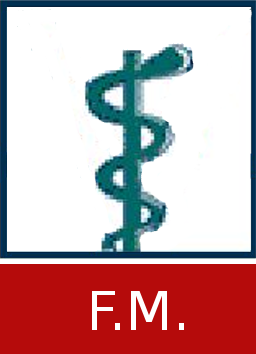Thesis, COLLÉGIALITÉ
Dos Santos Barata, Elisa 
Promoteur(s) :
GILBO, NICHOLAS  ;
Meuwis, Marie-Alice
;
Meuwis, Marie-Alice 
Date de soutenance : 2-jui-2024 • URL permanente : http://hdl.handle.net/2268.2/20566
Détails
| Titre : | Thesis, COLLÉGIALITÉ |
| Auteur : | Dos Santos Barata, Elisa 
|
| Date de soutenance : | 2-jui-2024 |
| Promoteur(s) : | GILBO, NICHOLAS 
Meuwis, Marie-Alice 
|
| Membre(s) du jury : | Pequeux, Christel 
DELWAIDE, Jean 
Espuny Camacho, Ira Mercedes 
|
| Langue : | Anglais |
| Nombre de pages : | 69 |
| Mots-clés : | [fr] organoïdes [fr] Transplantation [fr] chirurgie [fr] ischémie cholangiopathique [fr] cholangiocytes [fr] vésicule biliaire [en] organoids [en] surgery [en] ischemic cholangiopathy [en] Gallbladder |
| Discipline(s) : | Sciences de la santé humaine > Chirurgie |
| Centre(s) de recherche : | CREDEC |
| Public cible : | Chercheurs Professionnels du domaine Etudiants Grand public Autre |
| Institution(s) : | Université de Liège, Liège, Belgique |
| Diplôme : | Master en sciences biomédicales, à finalité approfondie |
| Faculté : | Mémoires de la Faculté de Médecine |
Résumé
[en] Liver transplantation is the best treatment for end-stage liver failure and primary liver cancer, but approximately one-third of the recipients will develop ischemic cholangiopathy (IC). This biliary complication raises morbidity, mortality and healthcare costs. Preservation injury or ischemia-reperfusion injury (IRI) is the main cause of IC. Indeed, 87% of livers exhibit biliary epithelial damage at the end of cold preservation. The limited understanding of cholangiocyte (IRI) is a significant barrier to preventing and treating IC. To address this gap, we will use cholangiocyte organoids, which replicate the architecture and function of biliary tissues and can be cultured while retaining disease-specific characteristics. The main objective of this thesis is to establish human cholangiocyte organoids as a preclinical model to investigate the pathophysiology of cholangiocyte injury during liver preservation and transplantation. Organoids development and characterization are detailed using RT-PCR and imaging techniques.
[fr] La transplantation hépatique représente le meilleur traitement pour les insuffisances et les cancers primaires hépatiques. Mais un tiers des receveurs développent une ischémie cholangiopathique (IC). Cette complication biliaire augmente morbidité, mortalité et le coût des soins. Les lésions causées durant la période de préservation sont les principales causes d'IC. En effet, 87% des foies présentent des dommages biliaires en fin de préservation à froid. Les connaissances limitées au sujet de ce type de lésions sont un frein à la prévention et au traitement des IC. Dans ce contexte les organoïdes de cholangiocytes (OC) seront utilisés comme modèle car, ils peuvent répliquer l'architecture, les fonctions biliaires, et conserver les caractéristiques propres de la maladie. Le principal objectif de ce mémoire est de générer les OC humains dans le but qu’ils soient utilisés à des fins précliniques pour étudier la pathophysiologie des domages aux cholangiocytes durant la période de préservation hépathique. Leur caractérisation durant leur développement est également détaillée et réalisée par des techniques d’imagerie et de RT-PCR.
Fichier(s)
Document(s)
Citer ce mémoire
L'Université de Liège ne garantit pas la qualité scientifique de ces travaux d'étudiants ni l'exactitude de l'ensemble des informations qu'ils contiennent.


 Master Thesis Online
Master Thesis Online



 s171982DOS_SANTOS2024.pdf
s171982DOS_SANTOS2024.pdf

